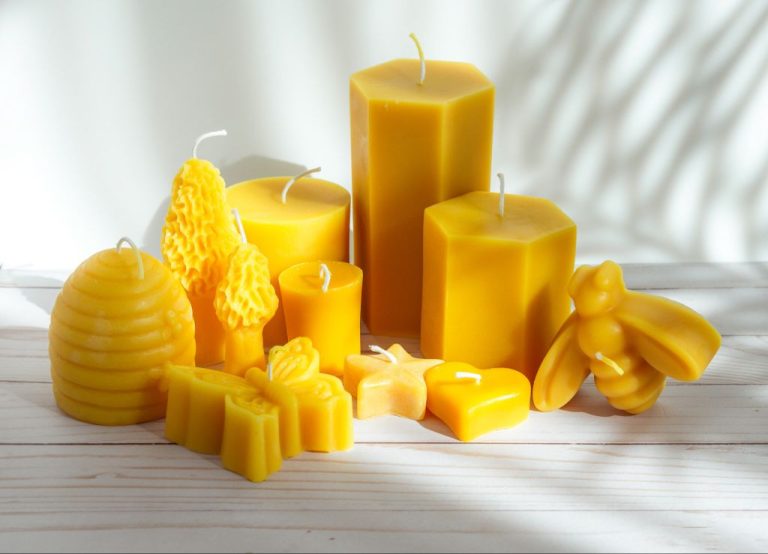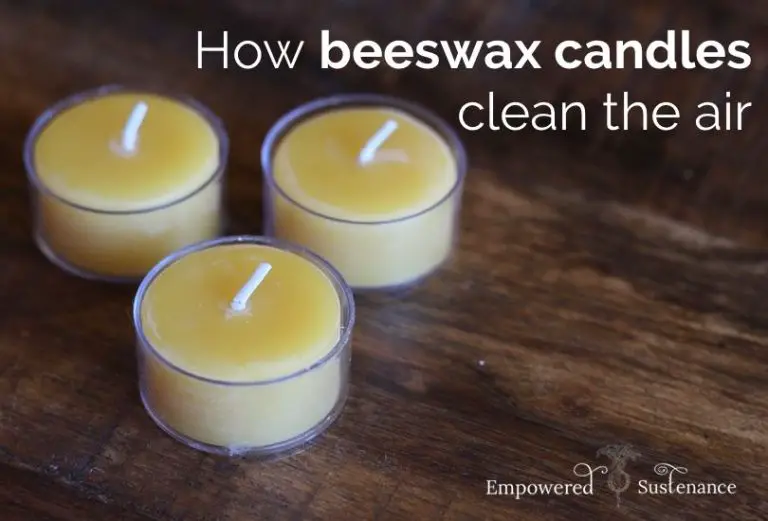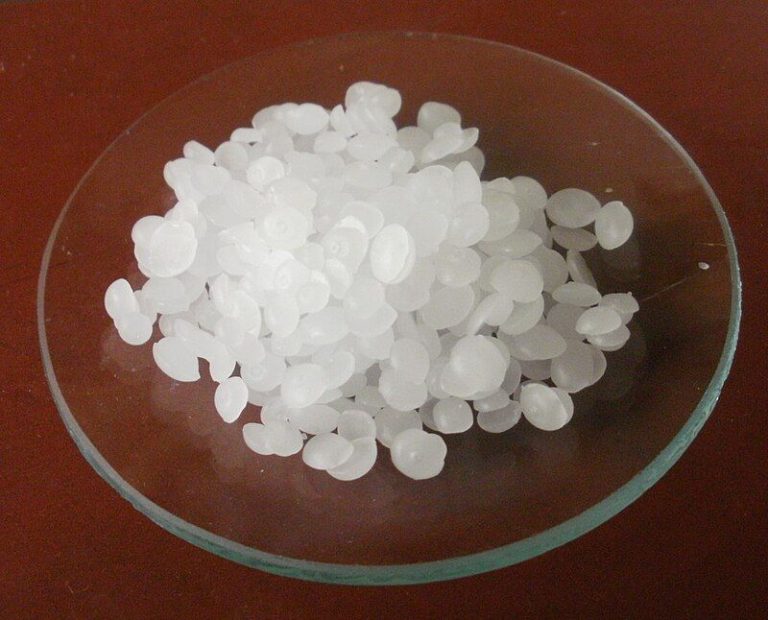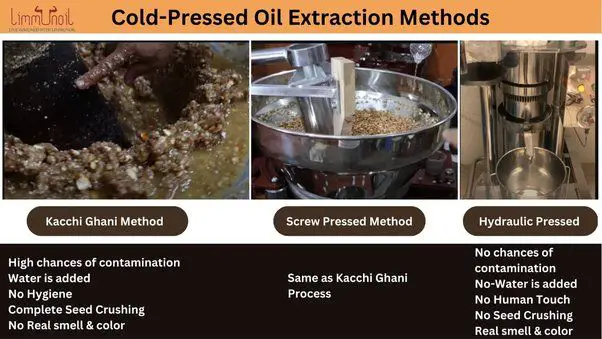How To Choose The Right Wax For Your
Waxing your car regularly is an important part of maintaining and protecting the paint. There are two main types of car wax – natural waxes like carnauba wax, and synthetic polymer waxes. Wax creates a protective barrier on top of your car’s clear coat that helps repel water, make cleaning easier, and protect against UV rays that can fade the paint. Selecting the right wax for your specific needs and climate is key to getting the best results. This article provides an overview of the different types of car waxes, what they do, and how to choose the right one for your vehicle.
Natural Waxes
One of the most popular natural waxes is carnauba wax. Carnauba wax comes from the leaves of the carnauba palm tree native to Brazil. It is known for its hardness, high melting point, and high gloss finish. Some of the pros of using carnauba wax are:
- Provides a deep, warm glow and wet look shine to paintwork
- Excellent water beading properties help protect against water spots
- High carnauba content provides long-lasting protection, typically 2-3 months (https://www.detailedimage.com/Ask-a-Pro/how-long-do-waxes-last-and-when-should-i-reapply/)
- Does not contain abrasives so safe for frequent use
Some cons of carnauba wax include:
- Less durable than synthetic sealants
- Requires more frequent application (every 2-3 months) compared to sealants (https://www.reddit.com/r/AutoDetailing/comments/13vbpls/how_long_does_paste_wax_last/)
- Difficult to apply in direct sunlight or hot temperatures as it can dry too quickly
Synthetic Waxes
Synthetic waxes, also known as polymer waxes, are made from polymers instead of natural waxes like carnauba. Polymer waxes tend to be more affordable and durable than natural waxes.
Some pros of synthetic polymer waxes include:
- Longer lasting protection, typically 3-6 months (1).
- Easier application than natural waxes.
- Provide a deep, wet shine.
- More affordable than natural waxes.
Some cons of polymer waxes include:
- Don’t produce as deep a shine as carnauba wax (2).
- Can leave behind residue if not properly removed (3).
- Heat and UV rays can degrade polymers over time.
Overall, synthetic polymer waxes provide good durability and protection at an affordable price point. Just be sure to prep and apply properly to get the best results.
Sources:
- https://www.cadillacexpresscarwash.com/how-long-does-wax-last-on-a-car-is-it-even-worth-it/
- https://rocketcarwash.com/car-wax-last/
Cleaning Before Waxing
Properly cleaning and preparing your car’s paint is crucial before applying wax. This ensures the wax can properly bond and adhere to the paint for maximum protection and shine.
The two most important steps are washing and clay barring:
Washing your car thoroughly with a high-quality car wash soap helps remove dirt, grime, and other contaminants from the paint. Be sure to use the two bucket method and quality microfiber mitts to prevent swirls and scratches.
After washing, it’s highly recommended to clay bar the paint. Clay bars help remove bonded surface contaminants like industrial fallout, rail dust, and tar. As per this Reddit thread, claying before waxing ensures the wax fully bonds to a smooth, clean surface for maximum durability and shine.
Highly-rated clay bar kits like Meguiar’s and Mothers work great. Be sure to lubricate the clay and paint surface well for smooth gliding.
Applying Wax
When applying wax, it’s crucial to use the proper technique to ensure even coverage and avoid streaking. The tried-and-true “wax on, wax off” method is recommended by experts for beginners and pros alike (Turtle Wax, Ethos Car Care).
To use this technique:
- Apply a thin layer of wax in small sections using an applicator pad.
- Allow the wax to haze and dry, usually 1-3 minutes.
- Buff off the dried wax using a clean microfiber cloth, applying light pressure in straight lines.
- Flip and fold the cloth frequently to expose clean sides for buffing.
- Repeat this process until all wax residue is removed and the paint has a glossy, slick finish.
Applying wax too thickly or buffing before it fully dries can lead to streaking. By using the wax on/wax off method correctly, you can achieve a flawless, professional-looking wax job.
Choosing the Right Applicator
Choosing the right applicator for waxing your vehicle is crucial for achieving an even, streak-free finish. There are several options to consider:
Foam Pads – Foam pads, also called applicator pads, are a popular choice for wax application. The soft foam allows the wax to glide smoothly onto the paint surface. Foam pads are available in different shapes and sizes. Look for ones with a flat surface rather than a contoured shape, which provides maximum contact area for waxing.Lake country square applicators are a top recommendation in the detailing community.
Microfiber Towels – Microfiber towels are another handy applicator option. The fine fibers help spread wax thinly and evenly across the paint. Fold the towel into a square pad shape to make wax application easier. Microfiber towels are reusable but require proper cleaning between uses.
Orbital Buffers – Using an orbital buffer allows you to apply and remove wax quickly. Buffers provide an even coat of wax and can reach curved areas more easily. However, buffers take some practice to master. Always start on a low speed setting. Be cautious around edges and trim pieces to avoid buffer swirl marks.
Test different applicators to determine which type you find easiest to control. The key is applying an ultra-thin coat of wax to avoid streaking or residue buildup. Choose an applicator that gives you the results you want while suiting your detailing preferences and style.
Curing Time
After applying wax, it’s crucial to allow adequate curing time before buffing or drying your car. This allows the wax to properly bond and harden on the paint surface. According to Torque, curing times can range from a few minutes to 24 hours depending on the type of wax and environmental factors. Carnuba waxes, for example, typically require 12-24 hours of curing before removing any haze and buffing out the paint, as noted on Autopia. Rushing the curing reduces protection and durability. Patience allows the wax to fully harden and bond. Proper curing also prevents dust and swirls during buffing. Letting the wax cure as directed makes removal easier and provides maximum shine and protection.
Maintenance
How often you need to reapply wax depends on several factors. According to JD Power, waxing twice a year is enough for some vehicles, while others may need more frequent waxing. Climate and exposure to the elements also play a role. Vehicles in areas with long winters, lots of sun, rain, or sand may need rewaxing every 2-3 months. Daily drivers likely need waxing more often than vehicles used only occasionally. Consider waxing whenever the paint starts looking dull or after washing if water no longer beads on the surface. For maximum protection and shine, aim to rewax about every 3-6 months.
According to car owners on Reddit, frequency also depends on the type of wax used. Longer-lasting ceramic, graphene, or hybrid waxes may only need annual reapplication, while shorter-duration carnauba waxes often require reapplying every 3-6 months for continued effects.
Other Considerations
In addition to choosing the right wax for the paint, you may also want to use specialty waxes for other exterior surfaces like trim, glass, plastic, and wheels.
For plastic and rubber trim, look for a wax specifically formulated for those materials. Waxes made for trim often contain ingredients to restore faded trim and leave behind a dark, rich finish. Meguiar’s Ultimate Black Plastic Restorer is a top choice that cleans, restores color, and leaves behind UV protection (source).
There are also waxes made just for glass that help create a hydrophobic coating. This causes water to bead up and run off the glass more quickly, improving visibility. Popular options include Rain-X Glass Wax and Mothers Glass Wax (source).
For plastic headlights and taillights, a clear plastic wax can help restore clarity and prevent future yellowing and fogging. Meguiar’s Headlight Protectant Wax is a top choice for this application.
Finally, you’ll want to use a wheel wax designed for brake dust resistance. These waxes make wheels easier to clean by preventing brake dust from adhering strongly. Optimum Opti-Bond Tire & Wheel Protectant is highly rated for its durability and ease of use on both wheels and tires.
Conclusion
Choosing the right wax for your car can seem daunting, but following some basic guidelines can simplify the process. The key factors to consider are:
- Choose a natural wax like carnauba for superior shine and protection, or a synthetic polymer wax for longevity and ease of use.
- Thoroughly clean and dry the paintwork before applying any wax to maximize results.
- Apply wax thinly and evenly using a clean foam or microfiber applicator. Follow the recommended number of coats.
- Allow for proper curing time so the wax can fully bond to the clearcoat.
- Use the right techniques to remove wax residue and avoid scratches or swirl marks.
- Maintain protection with regular top-up coats of wax every few months.
With the right prep work and product selection, you can give your vehicle a showroom shine that stands out. Taking the time to properly wax your car will provide a durable, long-lasting coat of protection.






